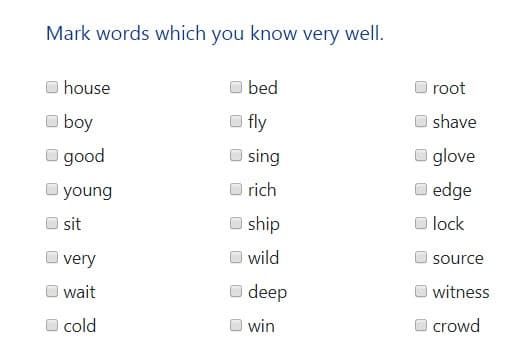Nobel Chemistry Prize – level 3
15-10-2019 07:00
This year’s Nobel Prize in chemistry went to John B. Goodenough, M. Stanley Whittingham, and Akira Yoshino. They helped to create a lithium-ion battery which is a device that people across the world use daily in their electronic devices. Lithium-ion batteries first entered the market in 1991 and they have changed our lives.
Whittingham developed the first working battery in the 1970s, but it was too explosive. In the 1980s, Goodenough doubled the voltage of Whittingham’s battery from two to four volts. In 1985, Yoshino created the first rechargeable and much safer lithium-ion battery. Today, these batteries are used in devices like cellphones, laptops, or electric vehicles.
According to the Nobel Prize committee, this battery is a great benefit to humankind. It is the foundation of a wireless and fossil fuel-free society.
Difficult words: rechargeable (can be charged again), foundation (the basic principle), fossil fuel–free (independent from coal, oil and gas).
You can watch the video news lower on this page.







